Discover grape varieties
Navigate between the visuals
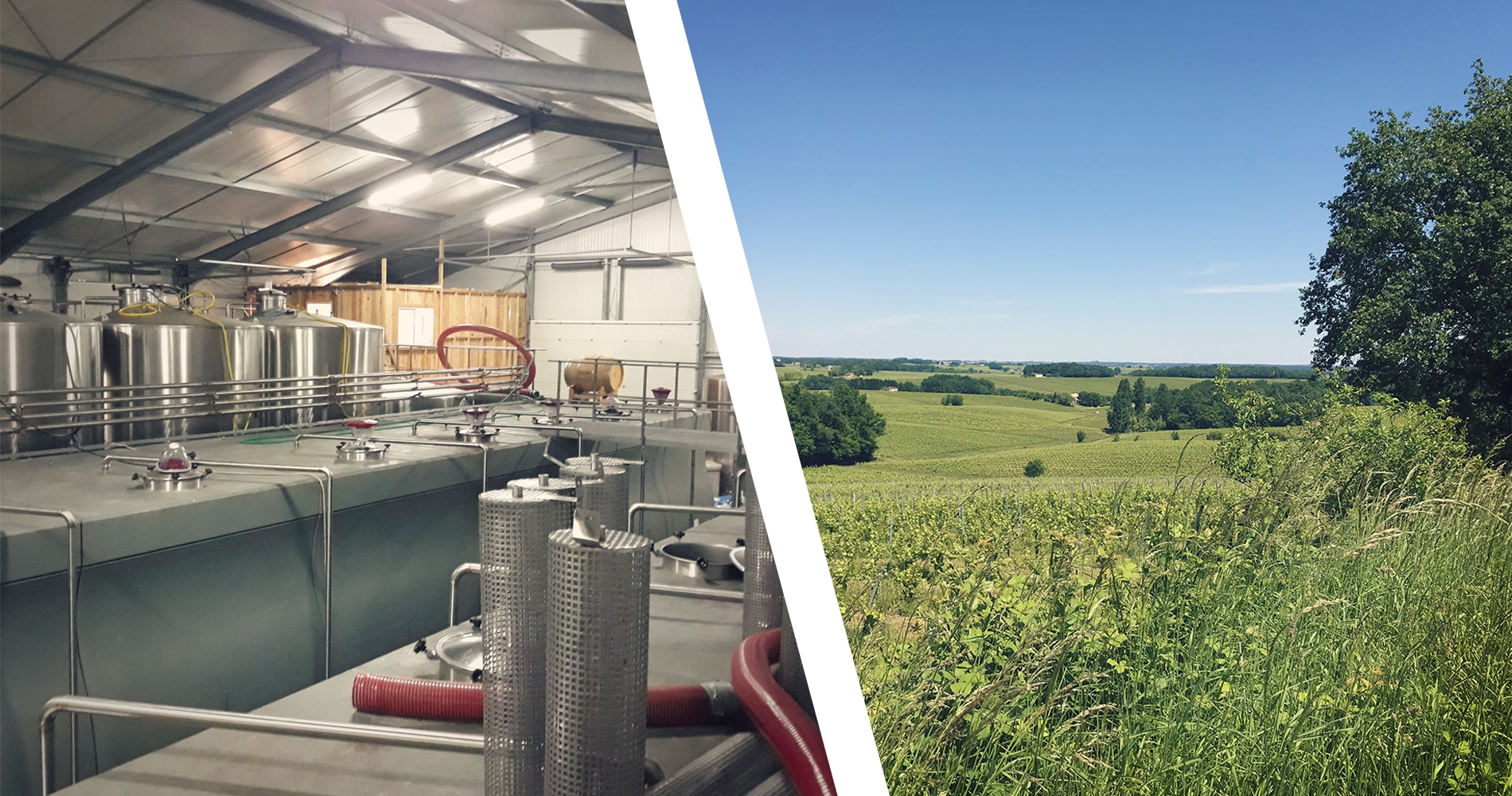
How did I become a winegrower? I could tell you that we have been winemakers for 10 generations, but that would be lying to you.
The story begins in the early 1900s, my great-grandfather, a coachman, decided to try his gold rush, the French way!
Discover the storyThe story begins in the early 1900s, my great-grandfather, a coachman, decided to try his gold rush, the French way! He leaves his native Dordogne and, after a long journey of at least 50 kilometers, arrives in Gironde.
And there, it is love at first sight for the hilly landscapes of Entre-deux-Mers, the smell of flowering vines … or perhaps the beautiful smile of Madeleine, whom he meets at the ball of Pellegrue and married a few years later ! They both settled in Castelviel: these were the first steps in the domain. My grandfather Robert, then my father Bernard, will modernize and develop it.
100 years later – or so – I’m here!
I spent a few years studying wine, management, and two or three other things… I worked in Languedoc to teach them how to make wine – or the other way around, I don’t know anymore -, spent 2 years in the United States to improve my English and my diet. Then in 2005, I returned to the estate. There are then 40 hectares, still in cooperative cellar.
It’s already good, but I would love to make wine! We then buy 4 vats, a small press and a pump … and let’s go over 5 hectares! We made our first wine, Château Grenet 2005, – and “beginner’s luck” – it won a medal at the Concours de Bordeaux. There are still a few well-hidden bottles, to be sure …
Little by little, we are expanding the cellar. In 2008, in addition to meeting Émilie – I’ll tell you about it later – we decided to switch to organic farming. In 2011, the cooperative cellar is over! The 40 ha are vinified in Saint-Félix-de-Foncaude, where we built the cellar. 2011 is also a busy year: in addition to becoming a dad (kisses Julie,… and Lisa my second daughter, otherwise she will sulk!), We have just bought a property in Castelviel and Saint-Laurent-du-Bois , on which we decide to create an equestrian center with Émilie (the one from 2008 and Julie’s mother). Are you still following? That’s his part: teaching, breeding, boarding … We almost arrive at the estate as it is today … In the meantime, there was the S&C Vignerons adventure, with Sylvain Destrieux.
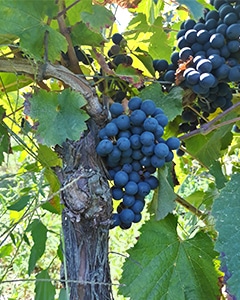
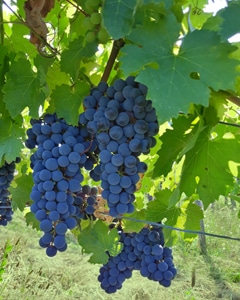
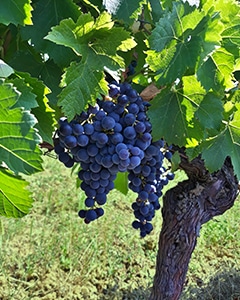
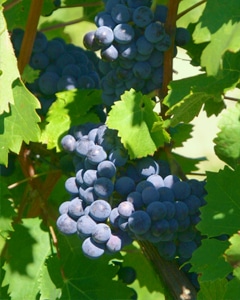
We like to shake up the codes by using atypical blends, mono-varietal wines or grape varieties less used in Bordeaux (Malbec for example)…
Navigate between the visuals
It is the 12th most planted variety in the world, also known as “Côt”. Its culture is in decline in France, when it was in the majority in the 19th century.
A high yielding red grape, it produces tannic and colorful wines. It became a minority in Bordeaux vineyards after phylloxera, in favor of cabernets and merlots
One of the flagship grape varieties of Bordeaux (2nd most planted grape in the world). Its berries are small with a thick skin which protects it from spring frosts and rot before the harvest.
This grape variety gives the wine power, structure and complexity that will reveal itself after a few years of aging. Endowed with an aromatic richness with notes of black fruits, violets, and raspberries, it produces distinguished wines, recognized for their persistence in the mouth.
Dark in color, with aromas of red and black fruit, the Merlot transforms with age to give way to notes of prunes, undergrowth, spices. On the palate, it is supple with distinguished tannins.
Vinified all over the world, it represents more than 50% of the Bordeaux vineyard.
One of the oldest red grape varieties from Bordeaux, the majority in many blends.
The wines from Cabernet Franc are medium in color with fine tannins, subtle aromas of small red fruits and spices. It produces fruity wines that can be drunk young but whose great vintages can be long-lasting. Cabernet Franc is now used in around twenty countries in Europe and the world.
Sauvignon is a large white grape variety, often blended with other grape varieties. Fond of calcareous soil and freshness, it remains sought after for its structure, freshness and minerality.
Depending on the production region, sauvignon develops different aromas of white fruit, blackcurrant, flint.
Although this wine is called Sauvignon Gris, it is rather pale yellow in color.
With aromas of grapefruit and boxwood, complemented by a light touch of toast and smoke, then – in the third nose – aromas of passion fruit and lychees, the wine is very complex. The taste reveals aromas of menthol and orange. This exotic note brings a new freshness.
It is a white grape variety, growing mainly in the Bordeaux region and in the South West. Blended with Sauvignon, it produces great dry and sweet wines.
Sémillon is a very productive grape variety. Its berries have a thin skin which allows noble rot to develop to give sweet white wines. It brings fat, richness and roundness to the wines. Its aromas of hazelnut, acacia flowers and honey largely contribute to its reputation.
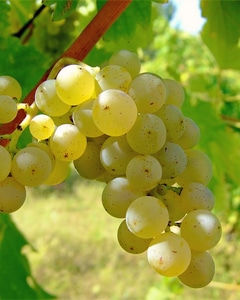
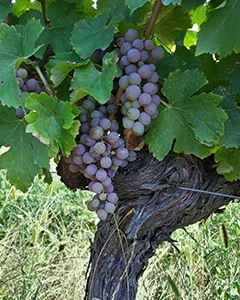
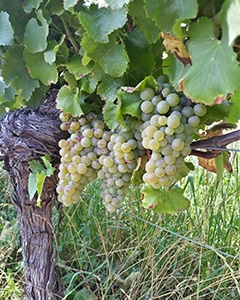
Lovers of our terroir, we cultivate our vines with great respect for the environment. We manage the vines to bring the grapes to the most beautiful maturity, and make wines as naturally as possible.
Creative and ambitious, we take ownership of the entire production and marketing circuit of our wines, to be autonomous and innovative. We create a cellar adapted to our needs. Our desire: to be free to experiment, from the vineyard to the winemaking, and to present original products, worked differently.
We like to shake up the codes, and give free rein to our imaginations, with the aim of offering ever more original wines of pleasure.
Family estate of 15 hectares located on the clay-limestone slopes of Castelviel, on one of the highest points of the Gironde.
Cultivated with the greatest respect for nature, without pesticides and reducing additives as much as possible. A large part of our wines are compatible with the vegan lifestyle.
We have been certified with the Organic Agriculture label since 2011, issued by the certification body Ecocert, with a commitment to making wines as natural as possible.